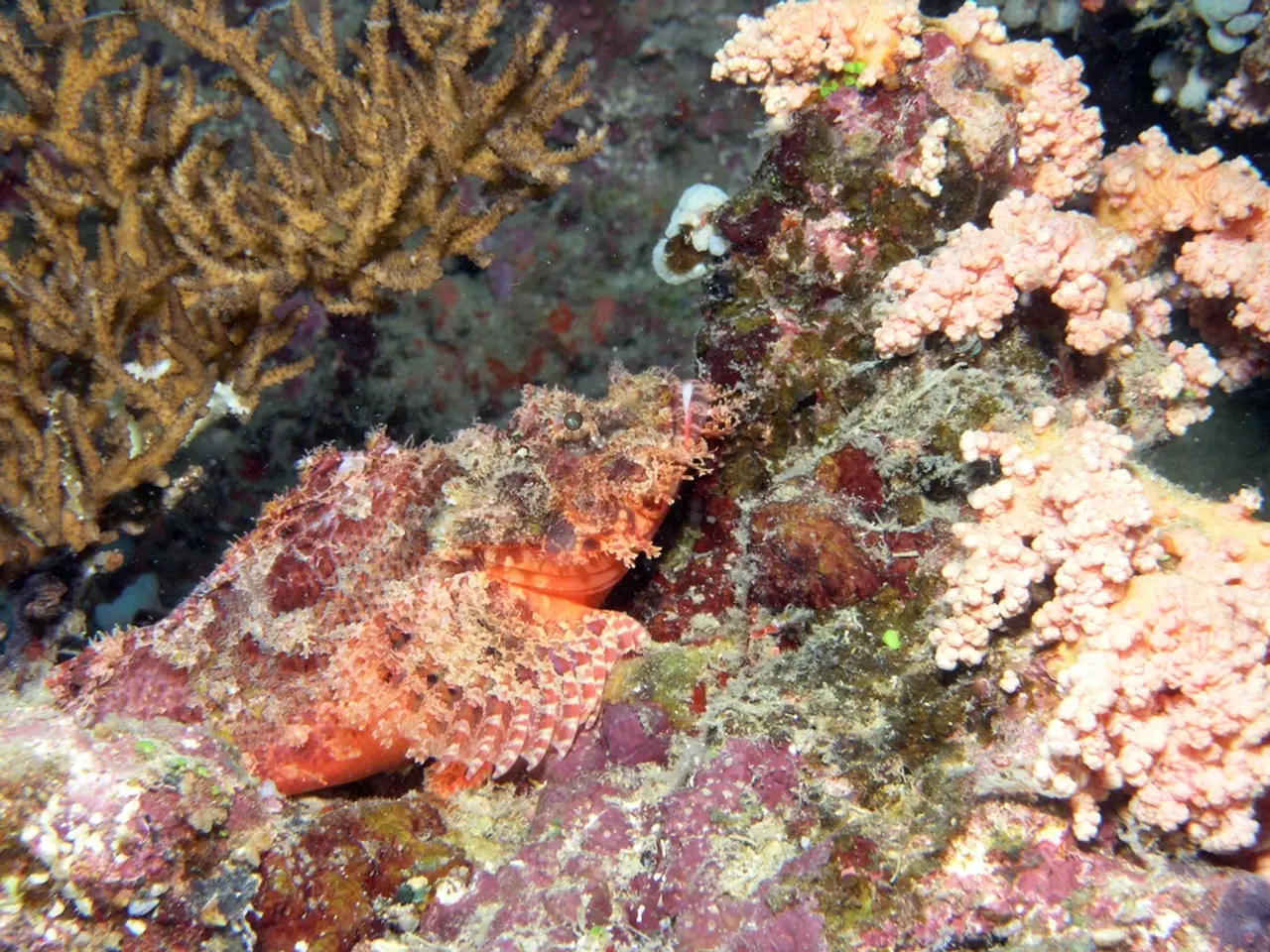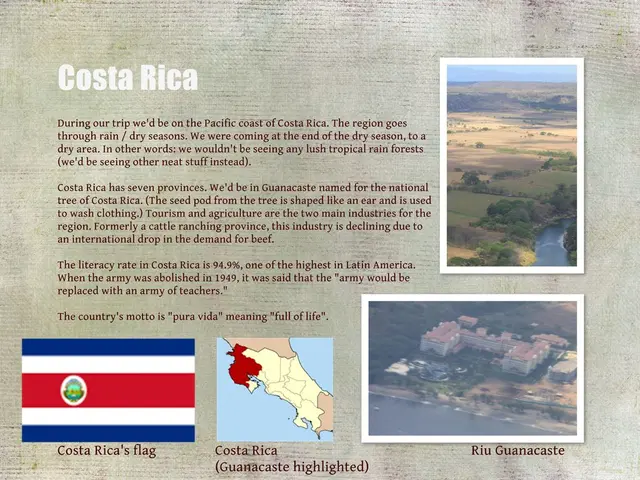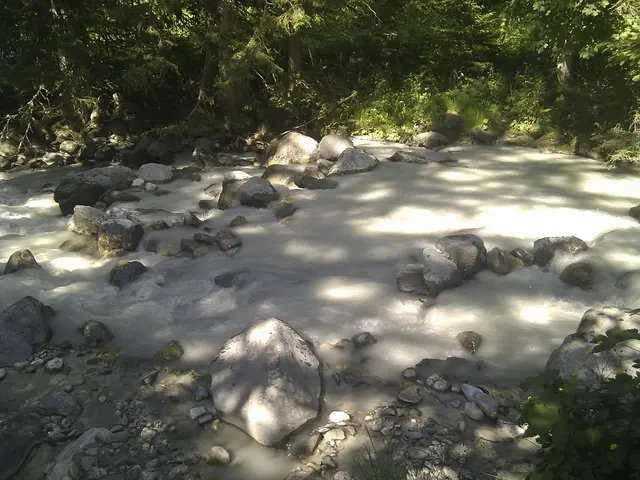Battle for Wetlands, Wildlife, and Youth-led Conservation Advocacy in the Philippines: Matthew Vincent Tabilog
In the Philippines, a wave of change is sweeping across the coastlines, as young Filipinos take the lead in preserving and restoring mangrove forests. At the forefront of this movement is Mangrove Matters PH (MMPH), a youth-driven organisation founded by Matthew Vincent Tabilog in 2020.
Growing up near marine protected sanctuaries in Talisay City, Tabilog developed a deep bond with the sea. This connection inspired him to study marine biology and dedicate his life to ocean conservation and community empowerment. His advocacy work began in 2018 during his freshman year at Silliman University, where he was influenced by a marine botany class.
Today, Tabilog serves as the Chair of the East Asian-Australasian Flyway Partnership (EAAFP) Youth Task Force and the Knowledge and Capacity Building Lead for Youth Engaged in Wetlands. He is also recognised as a leading figure in mangrove conservation, advocating for ecosystem restoration through education, community initiatives, and public awareness campaigns.
Mangrove Matters PH has been involved in various campaigns against reclamation and harmful projects that threaten mangroves and other marine ecosystems. One such campaign resulted in the scrapping of a liquefied natural gas plant in San Carlos City. The organisation is currently campaigning to protect the Las Piñas-Paranáque Wetland Park, a Ramsar site in Metro Manila.
In addition to its advocacy work, Mangrove Matters PH supports women in coastal communities, who often lead mangrove conservation efforts due to a sense of motherly stewardship and their involvement in community leadership. In Silay, women earn around six pesos (US$0.11) per seedling, which helps sustain nursery operations and their households. Mangrove Matters PH has donated equipment to women community members in Tambobo Bay, Negros Oriental, after hosting a mangrove nursery management workshop.
The organisation's efforts are not limited to local initiatives. Tabilog is currently pursuing graduate studies at Hokkaido University and focusing his research on seagrass ecosystems. He hopes to fill the gap in research and protection for seagrasses in the Philippines upon his return.
Mangrove conservation in the Philippines is progressing through multi-stakeholder partnerships anchored in government policy, community involvement, and innovative youth-led initiatives like Mangrove Matters PH. These efforts contribute to climate resilience, biodiversity protection, and sustainable local livelihoods.
Recent developments in mangrove conservation include a Memorandum of Agreement (MOA) signed on August 7, 2025, in Bataan, which formalized the expansion of mangrove protected areas from 10 to 20 hectares. This partnership involves AboitizPower, DENR, local government units, and fisherfolk associations to strengthen mangrove rehabilitation and align with climate goals.
The Philippines has retained about 250,000 hectares of mangroves after extensive restoration efforts, despite a century-long decline. Community participation is integral in mangrove forest management, linking conservation with the welfare of coastal communities dependent on these ecosystems.
The Philippine National Blue Carbon Action Project (NBCAP), supported by the World Economic Forum and organisations like ZSL, is promoting coordinated investments in blue carbon ecosystems (which include mangroves) to enhance climate adaptation and livelihood benefits for fisherfolk and coastal populations.
Mangrove Matters PH is recognised as a leading youth-driven group focused on mobilising young people around mangrove conservation. Acting as the only youth-led organisation in this niche, they advance ecosystem restoration through advocacy, education, and community initiatives that empower the Filipino youth.
Additional efforts to promote environmental sustainability, including mangrove reforestation, are integrated into broader programs such as the Siargao Green Economy Project, which combines disaster resilience and sustainable development approaches community-wide.
Tabilog has been instrumental in lobbying for key legislation on marine protected parks in the Philippine Senate, such as the Panaon Island Protected Seascape Bill, which was approved by the Senate in December 2022. He will represent youth-led conservation efforts at the 15th meeting of the Conference of the Contracting Parties of the Ramsar Convention on Wetlands (COP15) in Victoria Falls, Zimbabwe, later this month. The organisation is now lobbying for the National Coastal Greenbelt Bill.
In March 2023, Mangrove Matters PH hosted the first National Mangrove Youth Summit in the Philippines, expanding its reach nationwide. As the organisation continues to grow and evolve, it remains committed to its mission of empowering young Filipinos to take action for mangrove conservation and climate resilience.
References:
- DENR, AboitizPower, Bataan sign MOA for mangrove rehabilitation
- Mangrove Matters PH: Empowering the youth to save the mangroves
- Community participation vital to mangrove conservation
- Siargao Green Economy Project: A sustainable approach to disaster resilience
- Philippine National Blue Carbon Action Project (NBCAP)
- Mangrove Matters PH strives to enhance science-based knowledge about mangrove ecosystems and sustainability for future generations.
- Collaborative efforts in climate change mitigation within the Sustainable Development Goals (SDGs) involve the protection of mangrove forests.
- The impacts of deforestation, especially in mangrove areas, contribute to carbon emissions that exacerbate climate change.
- Integrating workplace wellness programs in promoting environmental health through mangrove conservation can help reduce chronic diseases like respiratory conditions.
- Addressing cancer risks and digestive health concerns necessitates understanding the role of biodiversity-rich mangrove forests in air and water filtration.
- Eye-health is linked to the protection of mangrove ecosystems, as these forests act as natural buffers against harmful UV rays and saltwater intrusion.
- Hearing health can indirectly benefit from improved environmental conditions supported by mangrove reforestation.
- Health and wellness advocates emphasize the importance of mangrove conservation in maintaining a balance in life, addressing mental health aspects as well.
- Mangrove protection extends beyond physical health; it also plays a significant role in promoting men's health overall.
- Skin-care practices can be impacted positively by reducing pollution caused by deforestation and improving air quality through mangrove reforestation.
- Therapies and treatments for various medical conditions, such as autoimmune disorders, can be improved with environmental interventions focused on mangrove conservation.
- Caring for the environment, including mangrove forests, helps manage weight-related issues and supports cardiovascular health.
- Women's health is intrinsically linked to the preservation of mangrove ecosystems, as women often lead community efforts and earn sustainable jobs from promoting these forests.
- Parenting skills can be enhanced through education about mangrove conservation, promoting a better understanding of environmental stewardship in younger generations.
- Energy-efficient industries like renewable energy can power environmental conservation projects, such as mangrove reforestation, and align with the overall goal of sustainable living.
- Finance plays a crucial role in supporting mangrove conservation efforts, with institutions like Medicare and Medicaid potentially investing in initiatives focused on biodiversity protection.
- Emerging research on the uses of CBD for various medical conditions supports the need for greater environmental protection, including mangrove forests.
- Understanding the connections between neurological disorders and the environment, like mangrove ecosystems, is essential for development in environmental science and healthcare.
- Financial planning and investing in environmental conservation can create wealth-management opportunities while also contributing to mangrove protection.
- Home-and-garden maintenance can indirectly impact mangrove health through the use of eco-friendly products and practices that align with sustainability principles.
- Small businesses can collaborate with Mangrove Matters PH to promote sustainable practices, enhancing business growth while making a positive environmental impact.
- Personal finance management can support mangrove conservation efforts by allocating funds towards environmental protection initiatives and organizations.
- Latest advancements in gadget technology can facilitate better monitoring and data collection for mangrove conservation projects.
- A shift towards data-and-cloud computing in the environmental sector enables collaboration and growth for projects like mangrove reforestation.
- The digitization of educational resources related to mangrove conservation can foster learning and personal growth among students and adults alike.
- Lifestyle choices, such as choosing eco-friendly fashion and beauty products, can indirectly contribute to mangrove health and overall environmental sustainability.
- Food-and-drink establishments can implement sustainable practices like mangrove conservation in their manufacturing and packaging processes.
- Investing in renewable energy infrastructure supports the rural development of coastal communities while aiding in the protection of mangrove forests.
- Economic growth can be fostered through the responsible investment in environmental conservation, such as mangrove reforestation, and sustainable development projects.
- By taking action for mangrove conservation, one can also contribute to the well-being of pets, travel experiences, car safety, education, self-development, and relations with others.




